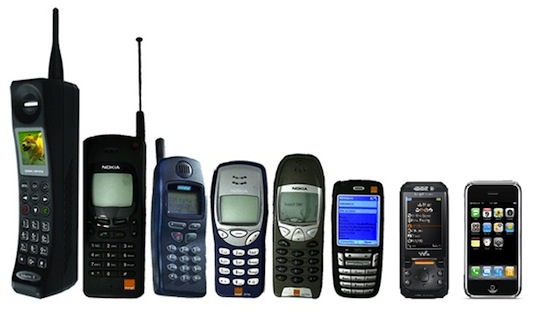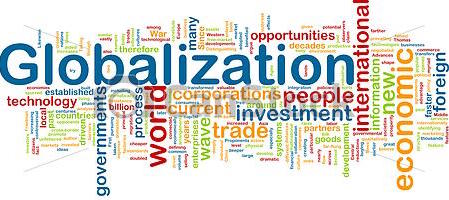
When we look back at the Philippines of 2000’s and compare it to the Philippines of the present year, we can completely observe how different they are from each other. The Philippines has gone through a lot in the past seventeen years may it be in politics, economics, or culture. There had been a lot of political and economic instability in the opening of the twenty first century wherein there had been lots of political turmoils and civil disturbances that affected our economy. But despite all of these, culture has continued to evolve and reflect who we are as people and as Filipinos.
Demography

Demographically, the trend of population growth has increased from the year 2000 up until the present. According to the latest United Nations estimates, the current population of the Philippines is 103 million compared to 77.9 million in 2000. There is an approximately 23 million increase in population in the time span of seventeen years. Although there is increased population, the trend for yearly population growth rate is going down. This means that there is indeed increase in population but in a decreasing rate per year. Currently, the median age is 24 years old that means majority of the population is the working population. Majority of the younger population are male while females dominate the older population. With these statistics we can come up with few conclusions. One is that the dominating culture here in the Philippines is of the younger and working population. Another is that our culture is male dominated but with females not being left behind. This means that although our culture is patriarchal, women’s voice is still heard and given importance to.
Information and Technology

When it comes to information and technology, the Philippines have come a long way since the invention of newer ways to communicate and deliver information. It started with the popularity of basic cellular phones, text messaging, and electronic mail. In the opening of the new millennium, the Internet boomed and became the most popular way in delivering information. Traditional media platforms caught on by creating their own websites to cater to younger audiences. The world became smaller since information and communication became easier and accessible to everyone. Almost every year newer and better technology is being invented. Almost everyone now has smartphones that essentially puts information in everybody’s hand. Social media is currently one of the most popular ways in spreading information that can reach all demographics in a short amount of time.
Trade and Commerce

When we talk about trade and commerce, one change that happened in the past seventeen years is Globalization. Foreign businesses have made their way in infiltrating the local market. Foreign products not normally sold in the past can now be seen in the local market. Advertising has also changed in the past decade with the popularity of the Internet wherein advertising placements can be seen scattered all through out the World Wide Web. Online shopping and selling has also emerged that helped local entrepreneurs sell their own products to the general public. It also made trade easier and accessible for everyone that products can be sold, bought and delivered just by few clicks on their computers or mobile phones.

Tourism

Tourism has also changed as well as progressed in the past decade. There used to be a time where only the rich are able to travel. Now it is encouraged to most Filipinos not to be foreign in their own country. People are now more open in trying out new things and discovering new places. The government has done a great job in selling our country not just to foreign visitors but also to us Filipinos. It started with “WOW Philippines” circa 2002 wherein there is a great effort by the government in promoting the historical and popular tourist destinations in the Philippines. Now we have “It’s More Fun In the Philippines” tagline that aims to promote the newer and exciting destinations in the Philippines that can encourage younger travellers to travel, which will then help increase local tourism.

References:
Philippines Population (LIVE). (n.d.). Retrieved April 18, 2017, from http://www.worldometers.info/world-population/philippines-population/
(n.d.). Retrieved April 18, 2017, from http://www.indexmundi.com/philippines/demographics_profile.html
Pictures from Google Images



Leave a comment